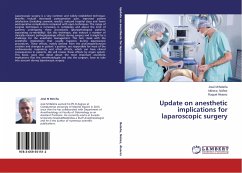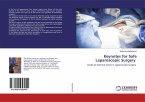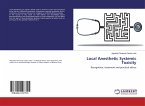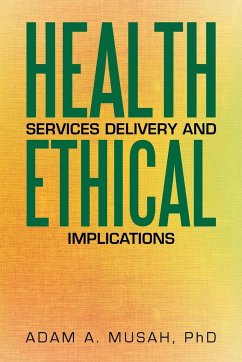Laparoscopic surgery is a very common and widely established technique. Benefits include decreased postoperative pain, improved patient satisfaction (including cosmetic results), reduced hospital stays and fewer postoperative complications compared with open techniques. The range of surgical techniques is increasing in complexity and about the kind of patients undergoing these procedures (pluripathological patients, associating co-morbidity). But this technique, also induces a number of clinically relevant pathophysiologic effects during surgery and it might be a challenge for the anesthetic management. This text, deals with the anesthetic implications that usually happens during laparoscopic procedures. These effects, mainly derived from the pneumoperitoneum creation and changes in patient¿s position, are responsible for most of the cardiovascular, respiratory and other effects, which can have clinical consequences in patients. We will review these effects by organ system. This book, goes into detail about the most important anesthetic implications that the anesthesiologist and also the surgeon, have to take into account during laparoscopic surgery.
Hinweis: Dieser Artikel kann nur an eine deutsche Lieferadresse ausgeliefert werden.
Hinweis: Dieser Artikel kann nur an eine deutsche Lieferadresse ausgeliefert werden.








